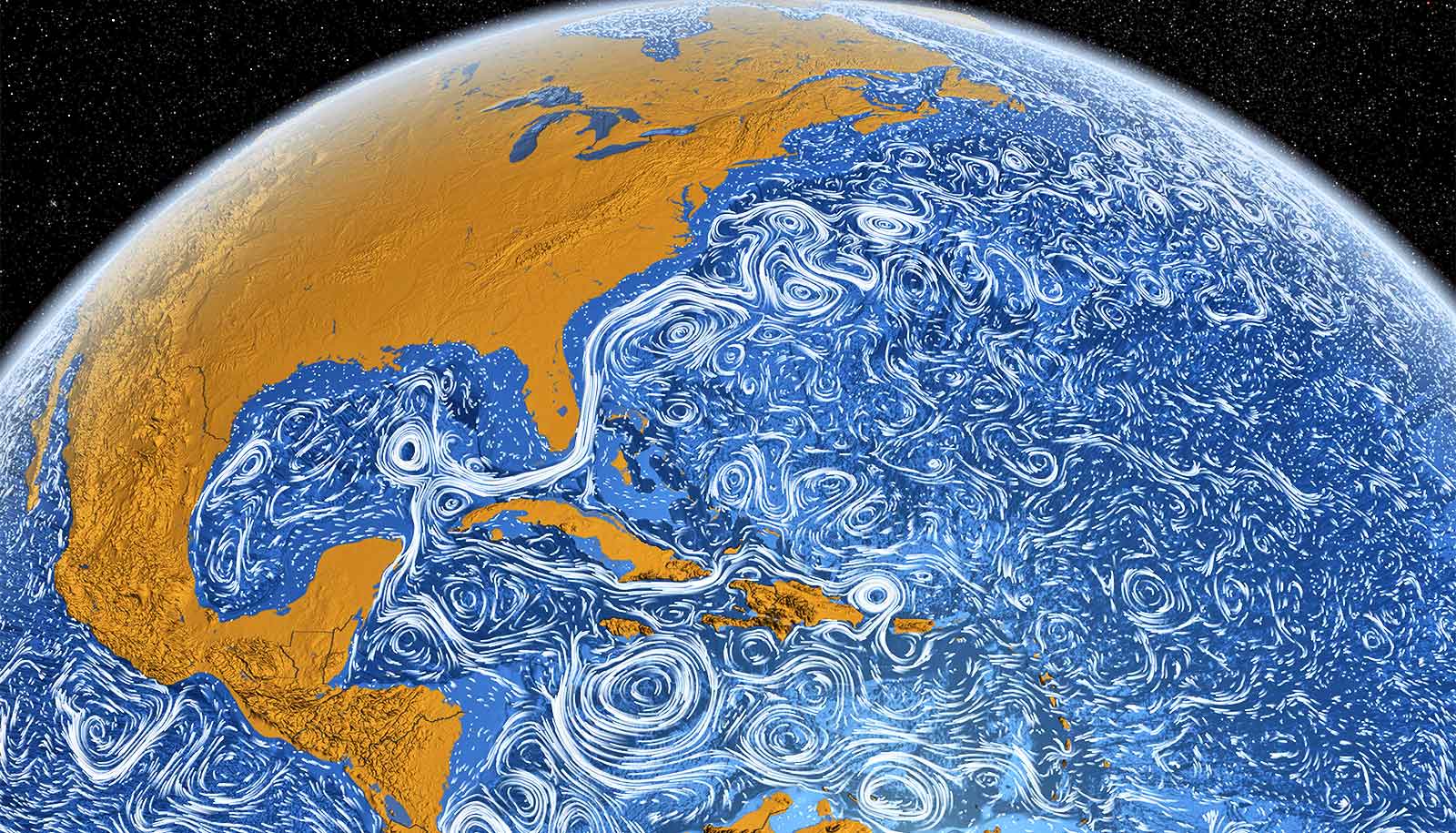Cholera cases in East Africa increase by roughly 50,000 during El Niño, the cyclical weather occurrence that profoundly changes global weather patterns, but drop in the southern part of the continent.
These findings could help health ministries anticipate future surges during El Niño years and save lives.
For a new study, researchers pinpointed clusters of cholera cases before, during, and after El Niño years. People typically contract the infectious and often fatal bacterial disease from infected water supplies. It causes severe vomiting and diarrhea. Africa has the most cholera deaths in the world.
“We usually know when El Niño is coming six to 12 months before it occurs,” says Justin Lessler, associate professor of epidemiology at the Johns Hopkins University Bloomberg School of Public Health. “Knowing there is elevated cholera risk in a particular region can help reduce the number of deaths that result. If you have cholera treatment centers available, fast, supportive care can reduce the fatality rate from cholera from as high as 30 percent to next to nothing.”
The total number of cases across Africa as a whole were about the same in El Niño and non-El Niño years, but the geographic distribution was fundamentally different. El Niño is triggered by warmer than usual ocean water in the equatorial Pacific, causing a variety of weather impacts globally, including increasing rainfall in East Africa and decreasing rainfall in drier areas of northern and southern Africa.
Why treating cholera in Haiti is so difficult
During El Niño years between 2000 and 2014, cholera incidence increased threefold in regions such as East Africa that had the strongest association between El Niño and cholera. At the same time, there were 30,000 fewer cases in southern Africa during El Niño, where there was less rainfall than normal. Parts of central West Africa, however, saw significantly fewer cases of cholera, but with little change in rainfall patterns.
While El Niño brings wetter and warmer weather to East Africa, rainfall is not the only variable that appears to impact cholera rates, says Lessler, who led the study. Cholera is almost always linked to vulnerable water systems. In some areas, massive rainfall can overrun sewers and contaminate drinking water. In other locations, dry conditions can mean that clean water is not available and people must drink from sources known to be contaminated.
“Countries in East Africa, including Tanzania and Kenya, have experienced several large cholera outbreaks in recent decades,” says study author Sean Moore, a postdoctoral fellow in the Bloomberg School’s Epidemiology Department. “Linking these outbreaks to El Niño events and increased rainfall improves our understanding of the environmental conditions that promote cholera transmission in the region and will help predict future outbreaks.”
For the study in the Proceedings of the National Academy of Sciences, researchers collected data on cases in Africa from 360 separate data sets, analyzing 17,000 annual observations from 3,710 different locations between 2000 and 2014.
El Niño heat sets off waves of dengue fever
Knowing about the link between cholera and El Niño could allow countries to prepare for outbreaks long before they start, Lessler says. There is an approved vaccine, but its effects are not lifelong and there are not enough doses for everyone in areas that El Niño could affect. Once there is more vaccine, it can be another tool for health officials to use as they try to prevent the deadly disease in their nations.
As climate change continues, disease patterns will continue to change as well. Climate change is widely believed to put more people at risk for more types of diseases.
“But what the link between cholera and El Niño tells us is that changes may be subtler than that,” Lessler says. “There will be winners and losers. It’s not a one-way street.”
The Bill and Melinda Gates Foundation and the National Science Foundation funded the work. Cholera data came from the health ministries of Benin, Democratic Republic of Congo, Mozambique, South Sudan, and Nigeria and from Médecins Sans Frontières and MSF/Epicentre, the World Health Organization, and the United Nations Relief Agency.
Source: Johns Hopkins University



